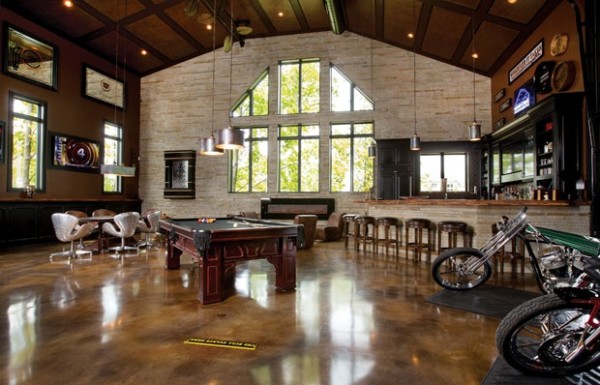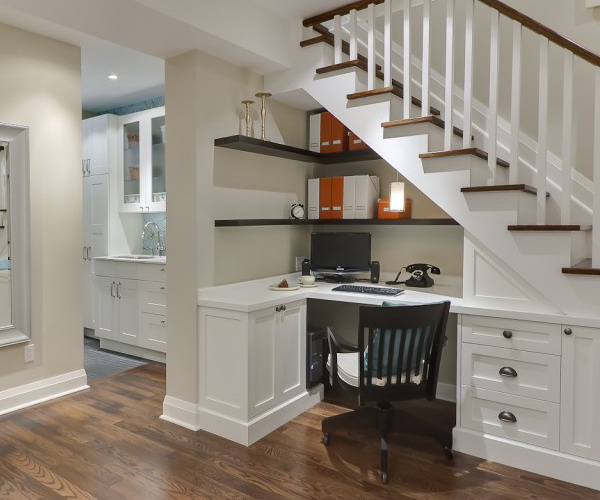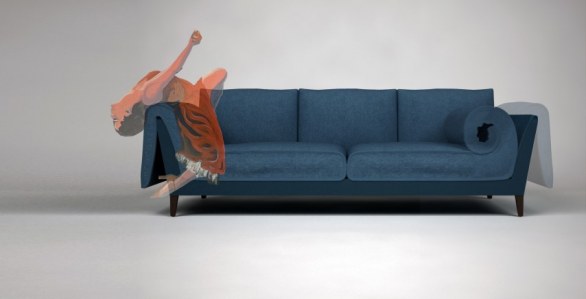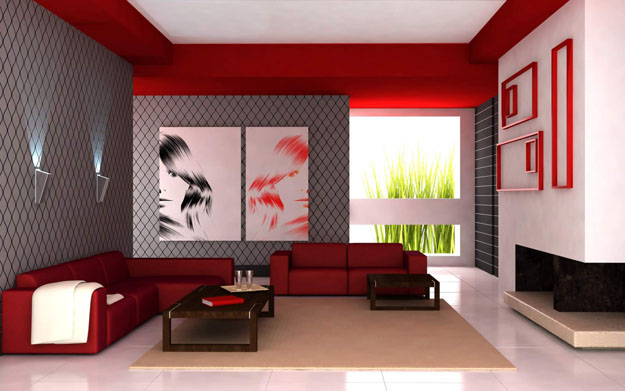
Using Colour to Create a Welcoming Living Room Atmosphere
Colour is used in the natural world to alert an animal of danger, attract a mate, or create a disguise. It’s no wonder that we respond to certain colours on a primal, emotional level. This is important to keep in mind when you’re decorating a living room. Choosing the right colour scheme can create a distinct atmosphere, making visitors feel comfortable. Because the living room is often the showcase of the home, it needs to be versatile enough to suit guests, relatives, and the needs of your immediate family. To accomplish this, it’s helpful to take a closer look at how colour can influence mood.
The Psychology of Colour
One of the most popular colours to use in living room decoration is blue. This is a calming colour associated in studies with contemplation, protection, and serenity. Light shades of blue can make the room appear larger, and create a soothing atmosphere that puts visitors at ease. Another popular colour on the cooler end of the spectrum is green, which is associated with growth, calm, and nature. Other natural shades that appeal to those seeking stability and serenity are earth tones. Brown, tan, and natural shades of rust that mimic the natural world can instantly make a room seem warm and inviting.
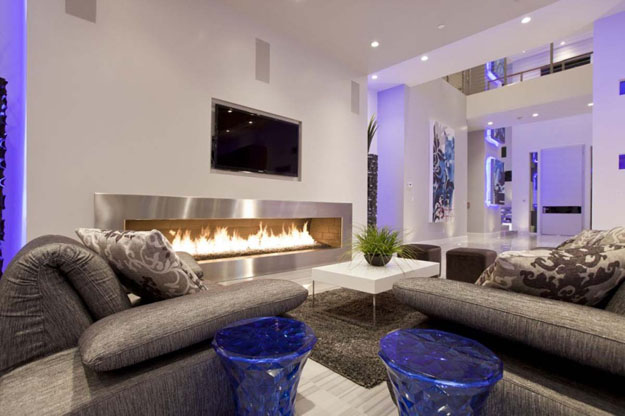
At the other end of the spectrum you’ll find red, yellow, and orange. All of these can be invigorating, stimulating colours when used sparingly. Although yellow is associated with happiness and cheer, studies show that when used in large quantities it can actually cause feelings of anxiety. Red can be used to create a feeling of passion and energy, but it may also lead to aggression. These colours can provide an exciting point of visual interest in controlled doses, but may not be the top choice as a primary living room colour.
Incorporating Colour into the Living Room
After you’ve chosen a few colours that you feel will best suit your living room, the next step is to decide how to apply them. One of the easiest ways to accomplish this is to paint the walls the colour of your choice. Take care with bold or bright colours, as less may be more. If you’ve chosen red, orange, or a deep blue shade, it may be better to paint a single accent wall rather than all four walls. This will open up the room while providing a point of central visual interest. Coloured or patterned wallpaper designs are another great way to incorporate colour and interest into your living room. This works particularly well with antique furniture or other vintage decorations.

If you appreciate the simplicity of white walls yet still want to add a splash of evocative colour here and there, a striking painting can be the perfect solution. Colour can also be added in your furniture selections and area rugs. There are numerous ways to play around with colour in addition to painting your walls, allowing you to choose several shades that complement one another.
One thing to keep in mind is that no colour will have the same effect on everyone. While these general effects can be used as a guideline, it’s important to follow your own taste when you’re decorating your home.
Rachel MacDonald is a freelance writer specialising in travel and design. She also works with www.homesales.com.au, one of Australia’s top real estate listings sites.

